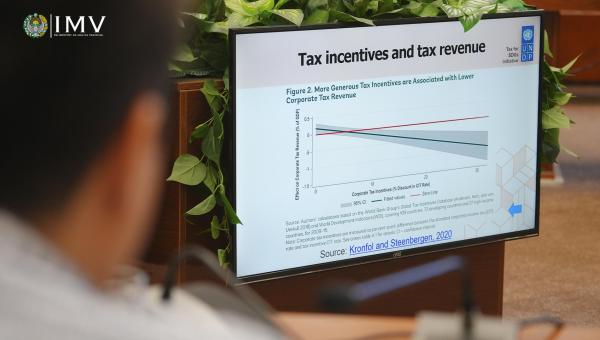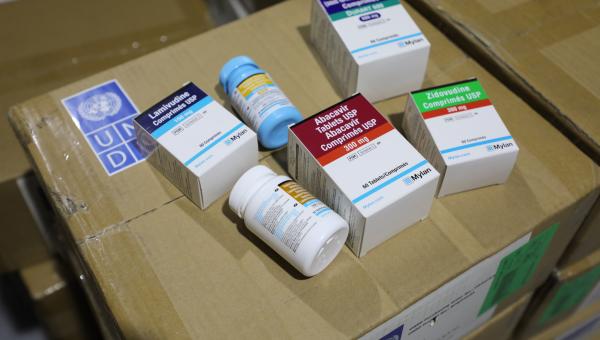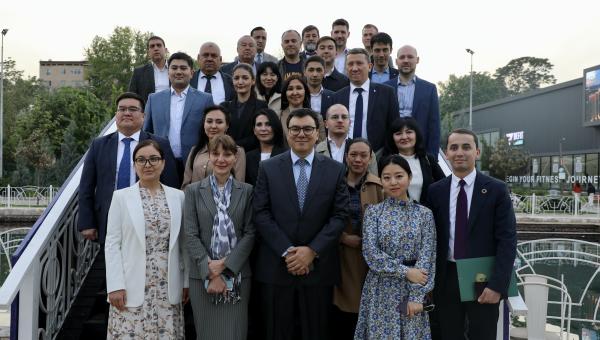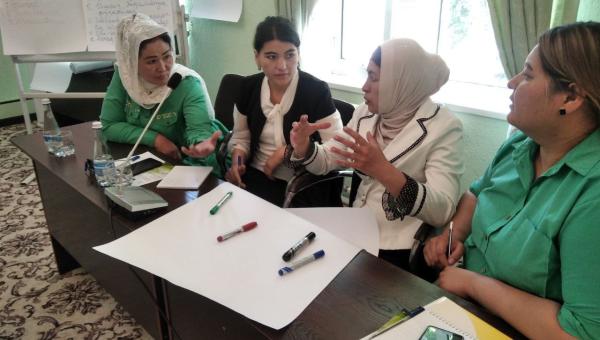Conservation and sustainable management
Conservation and sustainable management of lakes, wetlands, and riparian corridors as pillars of a resilient and land degradation neutral Aral basin landscape supporting sustainable livelihoods
Project summary:
The objective of the project is to enhance the resilience of the ecosystems and livelihoods in Lower Amudarya and Aral Sea Basin (LADAB) through land degradation neutrality (LDN) compatible integrated land-water management in the productive landscapes around PAs and KBAs/IBAs. The four components proposed by this project have been designed within available GEF and co-financing framework to address the corresponding drivers of land, water degradation and biodiversity decline, which are directly linked to the diminishment and loss of lake, wetland and riparian biodiversity in this arid landscape. The project will deliver Global Environmental Benefits using a participatory approach that ensures promotion of women, youth and vulnerable groups and equitable participation opportunities. This will result in the establishment of an integrated water management framework linking “water saving agriculture” on 1,050,910 ha of irrigated land in LADAB landscape with the sustainable management of the minimum and the maximum ecological flows, required to sustain 957,260 hectares of lakes, wetlands and riparian zones; participatory Sustainable Land Management (SLM) measures applied to 100,000 ha of pastureland, tugai and tauranga forest ecosystem and halting habitat degradation; extension of the PAs national system’s coverage, to include 9 additional KBAs/IBAs, through the legal designation of 3,094,600 ha new PAs which, coupled with an expected 20% increase in the management effectiveness of the exiting PAs and a guaranteed minimum ecological flow to sustain the deltaic water bodies, will cumulatively result into stabilized population of the key indicator species and the ecological integrity of a chain of watered lands along the Aral coastline, crucial for preventing desertification and loss of biodiversity.
Expected results:
Component 1: Coordinated water resources management as a basis for achieving land degradation neutrality and biodiversity conservation;
Component 2: Sustainable land management to neutralize land degradation in the target landscape;
Component 3: Conservation of globally significant biodiversity in the Aral Sea Basin;
Component 4: International cooperation and knowledge management.
Main objectives:
- Mainstream biodiversity across sectors as well as landscapes and seascapes through biodiversity mainstreaming in priority sectors;
- Address direct drivers to protect habitats and species and improve financial sustainability, effective management, and ecosystem coverage of the global protected area estate;
- Reduce pressures on natural resources from competing land uses and increase resilience in the wider landscape.

 Locations
Locations




